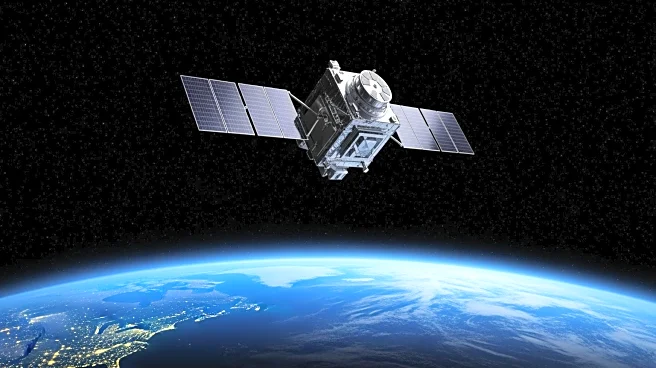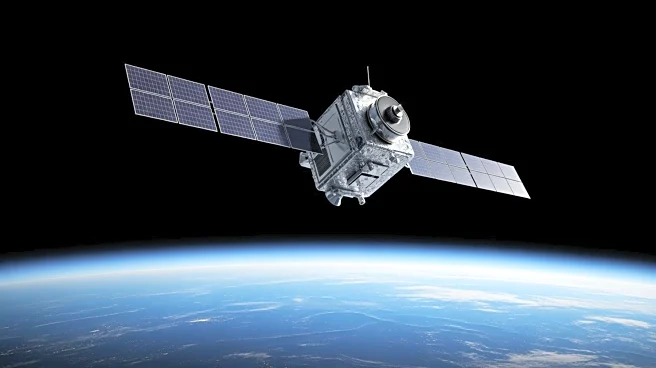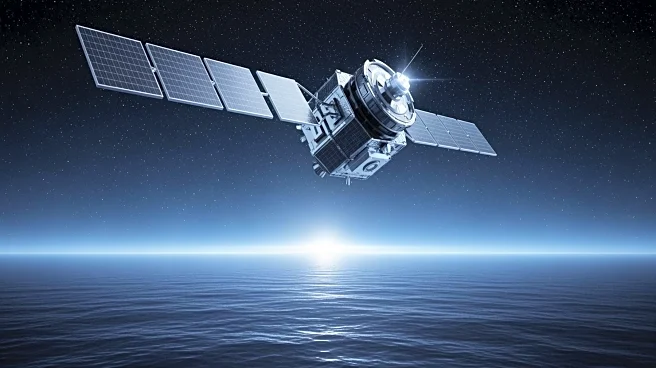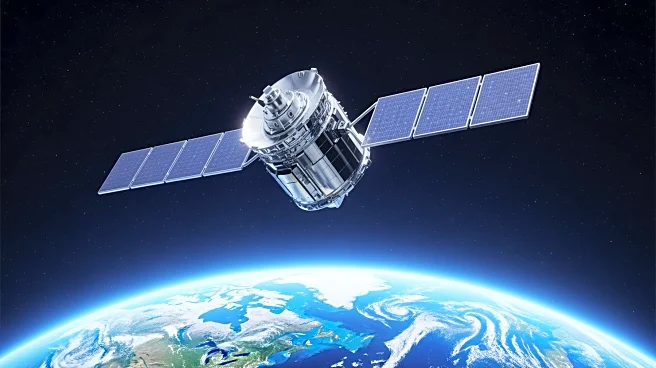What's Happening?
SpaceX successfully launched the Sentinel-6B ocean-monitoring satellite from Vandenberg Space Force Base in California. The launch, which took place early Monday morning, marked SpaceX's 500th orbital
mission using a reused Falcon 9 rocket. The Sentinel-6B satellite is part of the European Union's Copernicus Earth-observing program and aims to measure sea surface heights globally with high precision. This mission continues the work of its predecessor, Sentinel-6 Michael Frelich, launched in November 2020. The satellite carries a radar altimeter developed by the European Space Agency (ESA) and a microwave radiometer provided by NASA, which will help determine atmospheric water content for more accurate data interpretation.
Why It's Important?
The launch of Sentinel-6B is significant as it contributes to the ongoing global effort to monitor sea-level rise, a critical indicator of climate change. According to data from Copernicus, the average height of the world's oceans has risen by nearly 10 cm over the past 25 years. The Sentinel-6 mission is considered the gold standard for tracking this key consequence of climate change. The collaboration between ESA, NASA, and other international agencies highlights the importance of global partnerships in addressing environmental challenges. The data collected by Sentinel-6B will be crucial for policymakers and scientists in developing strategies to mitigate the impacts of rising sea levels.
What's Next?
Following its deployment, Sentinel-6B will undergo a series of checkouts before commencing its science mission. During its first year, it will work alongside Sentinel-6 Michael Frelich to enhance accuracy through precise cross-calibration. The satellite's data will be used to improve climate models and inform policy decisions related to coastal management and climate adaptation strategies. The successful landing of the Falcon 9's first stage also underscores SpaceX's commitment to reusable rocket technology, which is expected to play a significant role in future space exploration missions, including those aimed at establishing a human presence on the moon and Mars.
Beyond the Headlines
The Sentinel-6B mission not only advances scientific understanding of sea-level rise but also represents a milestone in the use of reusable rocket technology. SpaceX's achievement of 500 missions with flight-proven boosters demonstrates the potential for reducing costs and increasing the frequency of space missions. This technological advancement could accelerate the pace of space exploration and expand opportunities for international collaboration in addressing global challenges. The mission also highlights the role of space technology in environmental monitoring, providing critical data that can drive sustainable development and climate resilience efforts worldwide.











